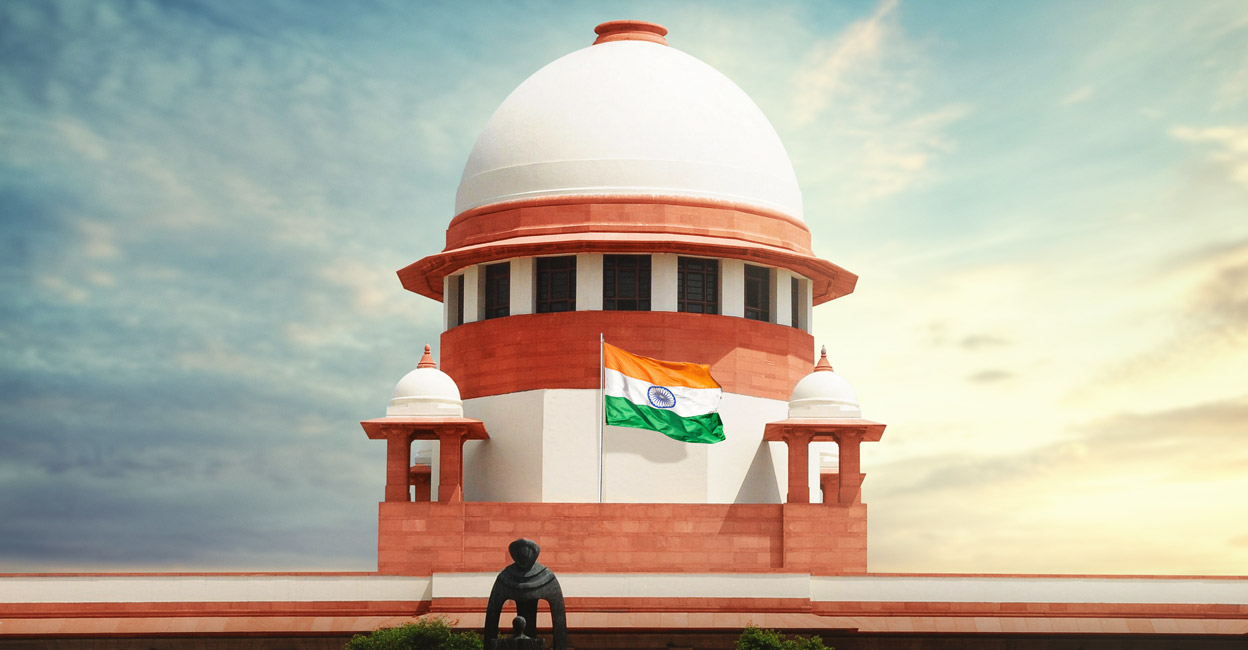The sanitation facilities and infrastructure at many of India’s district courts continue to be inadequate, raising serious health concerns. This issue warrants greater attention, considering district courts are extremely high-footfall public spaces.
Overview of the Problem
- A significant number of district courts need clean, functioning toilets. Many existing toilets need to be more hygienic and frequently non-functional.
- There needs to be more water supply at several district courts, making toilets unusable and hand washing difficult.
- Some court premises should have waste disposal facilities like dustbins and trash cans. Littering is common.
- Many district courts have poor drainage, waterlogging, and unhygienic conditions, especially during monsoons.
- Overcrowding in public waiting areas and lack of ventilation exacerbate unhygienic conditions.
Impacts
- The unhygienic conditions pose serious health risks like the spread of infections to all occupants – judges, lawyers, visitors, etc.
- Women lawyers and visitors are disproportionately affected due to the lack of clean, segregated toilets and menstrual hygiene facilities.
- Dirty surroundings also risk contamination of stored files and documents.
- The unhygienic courts frequently delay proceedings due to judges and staff taking sick leave.
Reasons for Poor Sanitation
- Underfunding – Courts need more funds for maintenance and upgrades.
- Piecemeal interventions – Funds sanctioned are sometimes insufficient and lead to incomplete work.
- Delayed maintenance – Delayed Renovations lead to dilapidation of facilities.
- Overcrowding – Large visitor footfall stresses limited sanitation infrastructure.
- Behavioral issues – Lack of civic sense amongst some visitors regarding hygienic use of facilities.
- Low priority – Sanitation is a lower priority for policymakers than case pendency statistics.
Addressing the Sanitation Challenge
- Substantially enhanced budgetary allocations for court infrastructure.
- Holistic approach – Comprehensive projects instead of piecemeal efforts.
- Timely audits and maintenance of existing infrastructure.
- We are increasing capacity by building more facilities.
- Behavior change communication campaigns.
- We are engaging court bar associations to drive reform.
- We are leveraging CSR funds from the private sector.
The poor state of sanitation in Indian district courts demands urgent action. It is vital for access to timely justice as well as public health. A concerted effort between multiple stakeholders is needed to tackle this critical gap.

